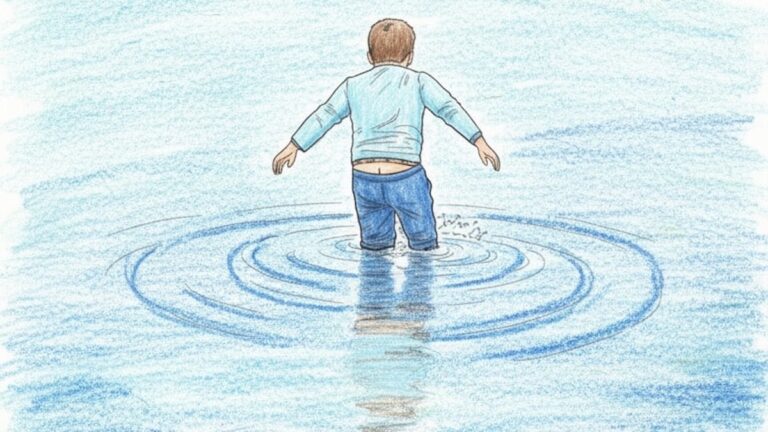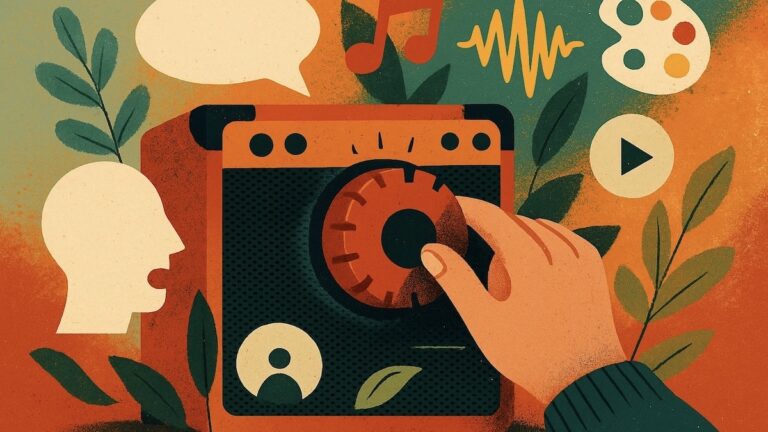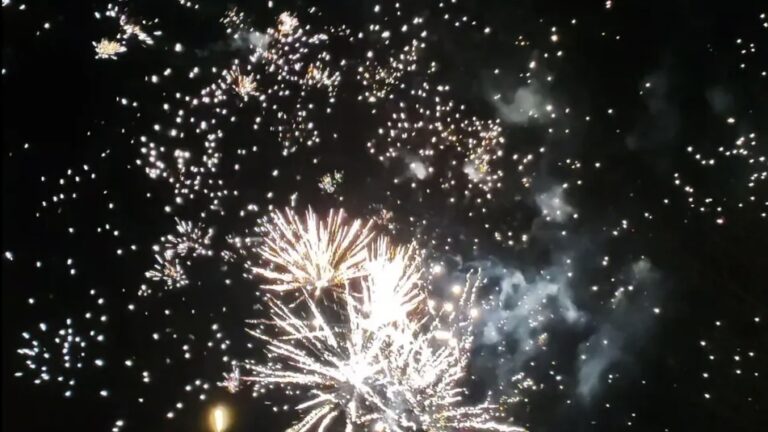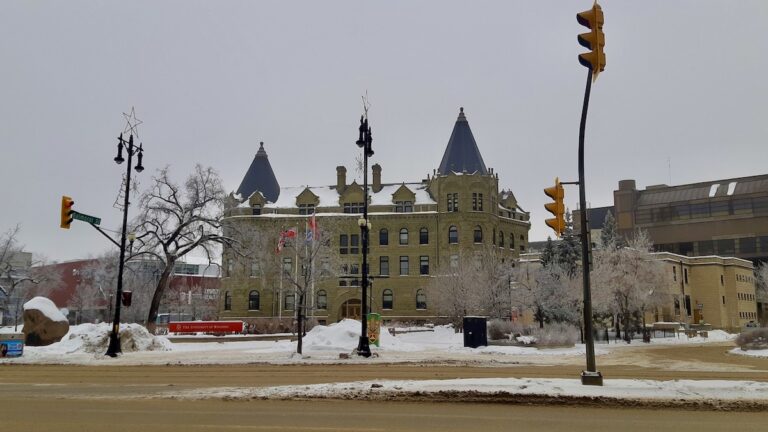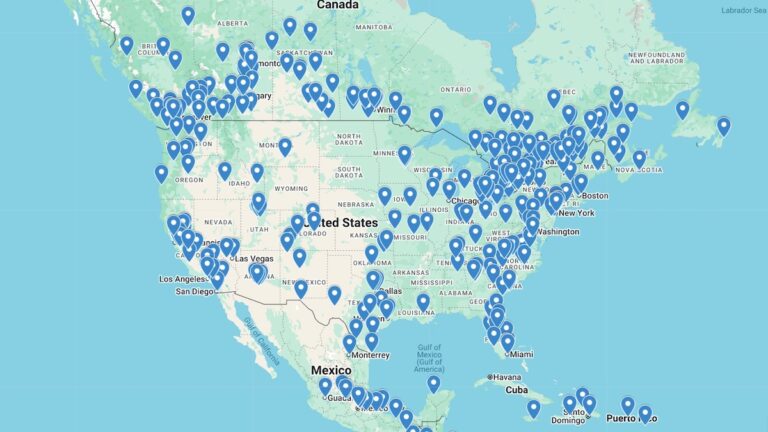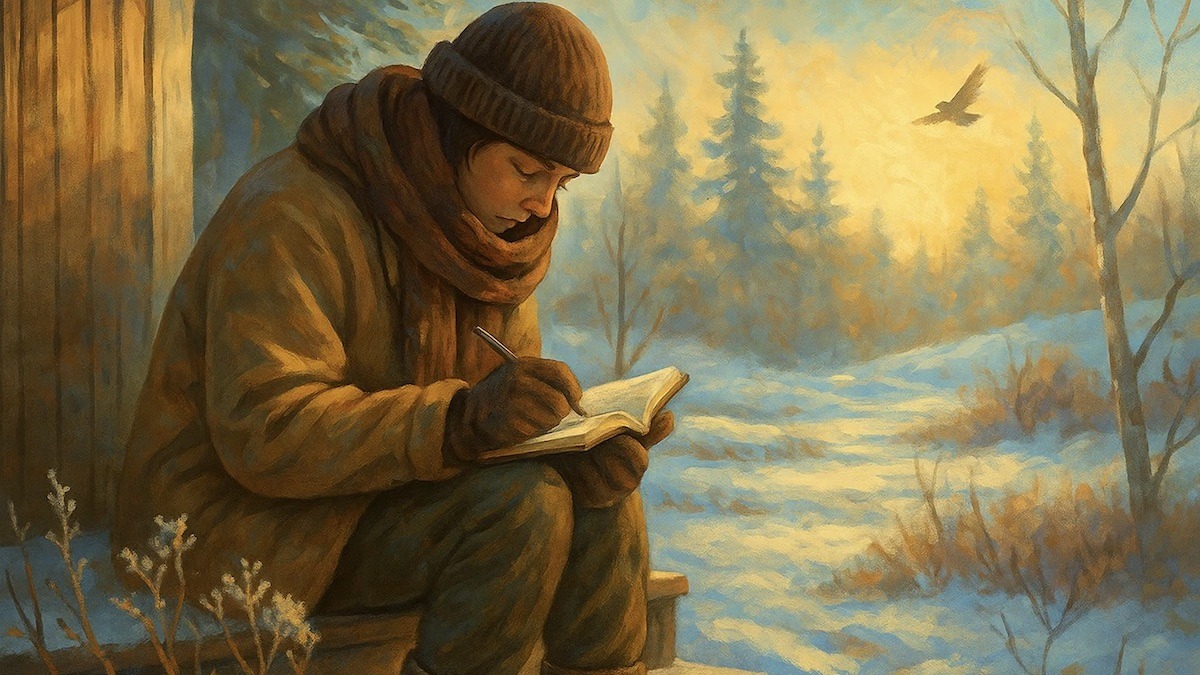
The Art of Deep Observation
Before you read another word, I want you to pause. Pick up the nearest object you can reach without thinking too much about it—a pen, a coffee mug, a stray rock you brought inside. Now, look at it. I mean, really look at it. Don’t just name it. Trace its edges with your eyes. Notice the tiny scratches on its surface, the way the light creates a subtle shadow, the specific texture under your fingertips. For thirty seconds, your entire world is this single, ordinary thing. What you just did wasn’t just looking; it was an act of deliberate observation, the most fundamental and freely available tool in any artist’s kit. Last time, we talked about how the quiet of our northern homes gives us space to hear ourselves think. Now, we’re going to use that quiet to learn how to truly see.
Training Your Eyes to See Stories
We spend most of our lives navigating the world on autopilot. Our brains are designed for efficiency, editing out the millions of details that aren’t essential for survival. We see “tree,” not the intricate pattern of its bark or the way one branch twists in on itself. As artists, our job is to fight that efficiency. We must retrain our minds to notice the supposedly insignificant details, because that’s where the stories are hiding. This isn’t a passive activity; it’s an active artistic practice.
Start by turning your daily walk into a gallery visit. You are the curator, and you get to decide what’s worth your attention. Don’t look for something beautiful or profound. Instead, look for something specific. Focus on the colour blue for ten minutes. You’ll find it in the deep winter sky, but also in a faded plastic bag caught in a fence, in the lettering on a discarded can, in the subtle tint of a shadow on snow. Or, focus on textures. The brittle crunch of frozen leaves, the smooth surface of river ice, the rough grain of an old wooden porch step. By giving yourself these small assignments, you transform a familiar path into a place of endless discovery. This is the foundation of environmental art and place-based storytelling.
Finding Narrative in the Northern Landscape
Your observations are more than just a collection of pretty details. They are the raw material of your art. The specific way snow squeaks under your boots at minus twenty isn’t just a fact of life in the north; it’s a sound that evokes a feeling—of stillness, of cold, of being completely and utterly present. That sound can become the rhythm of a poem, a percussive element in a piece of music, or the emotional trigger for a character in a story. This is the heart of interdisciplinary arts—letting an observation from one sense inspire a creation in another.
Keep a small notebook, not for grand ideas, but for these sensory fragments. A “sensory journal.” Don’t judge what you write down. “The smell of diesel and damp wool in the post office.” “The way the light from a single window looks like a solid block in the foggy morning.” “The jagged line of cracks in the pavement.” These fragments are seeds. Later, when you face a blank page or canvas, you can revisit them. That jagged line might become the defining brushstroke in a painting. The mix of smells might become the opening description of a scene that grounds your reader in a specific time and place. This is how northern storytelling becomes authentic and powerful—it’s built from the ground up, one true detail at a time.
From Detail to Deeper Meaning
The frost on your window isn’t just frozen water. It’s a delicate, temporary map of a world no one else will ever see in exactly the same way. When you choose to capture it—in a sketch, a photograph, a line of prose—you are doing more than recording a detail. You are elevating it. You are saying, “This is worthy of attention.” In communities where we may not have formal galleries or big stages, this act is radical. It insists that our world, right here, right now, is full of art.
This practice costs nothing but your attention. It requires no special equipment. It is an infinitely renewable resource for creative inspiration. By becoming a curator of your own corner, you’ll find you don’t need to go looking for big ideas. They are already all around you, hiding in plain sight, waiting for you to notice.
This summer, our arts program is a vibrant hub empowering artists and the arts sector across Winnipeg, Manitoba, and Northwestern Ontario. Our focus is on providing professional development and storytelling opportunities, which includes taking a deep dive into a different story every single Thursday. We’ll explore how these narratives are told, what we can learn from them, and how they can inspire our own creative work. Our program was originally seeded in 2022 with funding from the Canada Council for the Arts Digital Greenhouse. Now in our third season, this summer’s program is made possible thanks to the support of the Minneapolis College of Art and Design and the Ontario Arts Council, whose funding is helping to support this season’s valuable mentorship and internship program.

